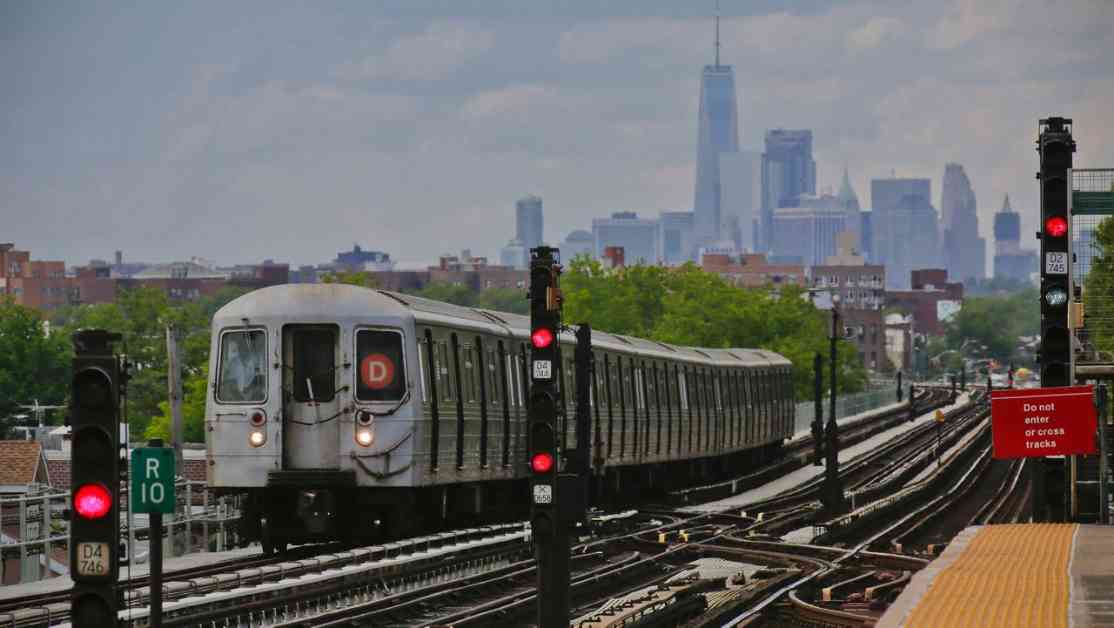Climate Week is in full swing, and the MTA is taking proactive steps to address the challenges posed by climate change on public transportation in New York City. In an effort to combat the effects of climate change, the MTA unveiled its “Climate Resiliency Roadmap” earlier this year, outlining ten key goals to safeguard the transit system from flooding and other climate-related threats.
One of the primary objectives of the MTA’s climate initiatives is to protect the system from flooding, a critical issue that has become increasingly prevalent in recent years. By implementing measures such as improved air circulation and cooling methods, as well as other infrastructure upgrades, the MTA aims to mitigate the impact of rising temperatures on its operations.
During a recent interview on “Mornings On 1,” Jamie Torres-Springer, the president of MTA Construction and Development, emphasized the importance of the MTA’s role in combating climate change. He highlighted the fact that New York City residents have some of the lowest carbon emissions per capita in the country, thanks in part to the MTA’s efforts to reduce its environmental footprint.
While the MTA’s climate initiatives come with a hefty price tag – an estimated $6 billion – Torres-Springer stressed that the agency is committed to finding ways to fund these critical projects. He acknowledged that the MTA has historically been reactive in responding to climate-related events, such as Hurricane Sandy, but emphasized the need to take a more proactive approach to addressing the vulnerabilities of the transit system.
As part of its efforts to enhance system resilience, the MTA has allocated over $2 billion in its proposed five-year capital plan for infrastructure improvements. This includes investments in new subway cars, station upgrades, and other measures aimed at reducing the risk of flooding and other climate-related hazards.
Torres-Springer highlighted some of the specific interventions that the MTA is implementing to protect the system from flooding, such as raising the step at the entrance to subway stairs to prevent water from seeping in. These small but critical upgrades, along with larger infrastructure projects, are essential to ensuring the safety and reliability of the transit system in the face of climate change.
Moving forward, the MTA is committed to continuing its investment in climate resiliency measures to safeguard the transit system and ensure the well-being of New Yorkers. By taking proactive steps to address the challenges posed by climate change, the MTA is playing a vital role in protecting the city’s public transportation infrastructure for future generations.

